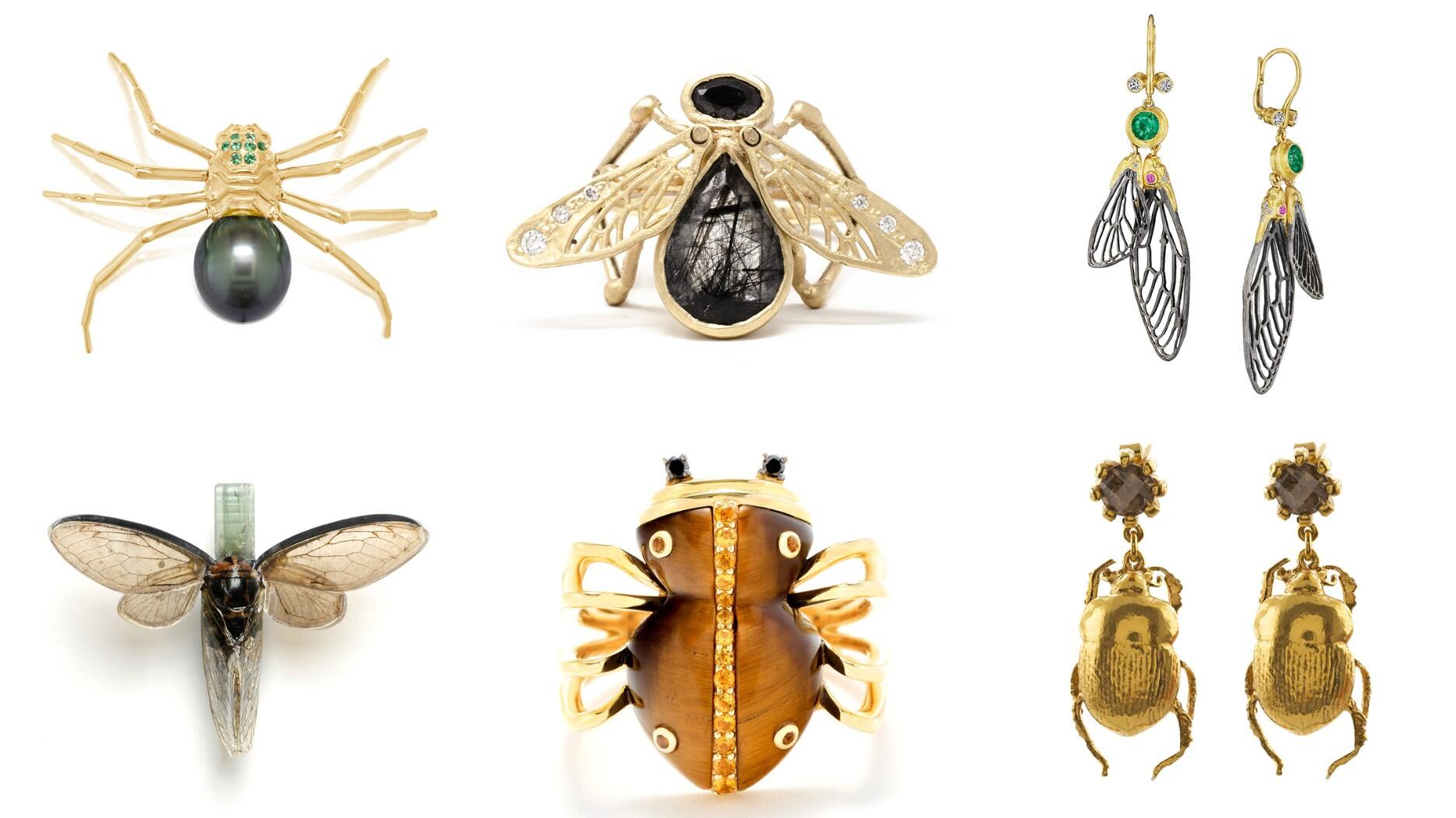The new pink sapphire version of the piece dances with its wearer in the brand’s “Icons After Dark” holiday campaign.
The Next Generation: David Bindra of B & B Fine Gems
One of the leading figures of his generation in the gemstone sector, Bindra shares his thoughts on where the industry is headed.

In his family business, B & B Fine Gems, David Bindra represents the second generation. In the gemstone industry at large, he represents one of the most exciting and influential young voices.
Bindra’s father immigrated to the United States from India and without any family connection or background in the gemstone trade, began selling stones like Swiss blue topaz, amethyst and citrine door to door--“pretty much anything that was below $2 or $3 a carat,” Bindra explained--sourced from a friend in Jaipur.
As Bindra’s father began building more relationships, both in India and the United States, he started to travel to mining sites overseas.
“That’s when our business began to change,” Bindra explained. “We focused on the whole gamut of fine color and stated sourcing correctly from places like Sri Lanka and Africa.”
Bindra’s father and mother ran the business on their own until Bindra, who is 33, joined the company 10 years ago. His sister Sabrina, 27, joined about four years ago. 
“We focus on fine cuts and fine color saturation of all different types of colored stones. Our strength is in every aspect of the market but specifically in fine quality, so we deal with everything from rare, esoteric, exotic collection stones to bread-and-butter materials for manufacturers of fine jewelry. Most of our business is done with people who are manufacturing fine jewelry or individuals who are retailing the jewelry themselves.”
The next generation has infused the business with a modern vitality. Bindra has a drool-worthy Instagram account that captures his contemporaries’ idea of luxury that’s cool rather than stuffy--matching exquisite gemstones to sneakers of the same color.
Bindra and his sister have been heavily involved in the jewelry community in Los Angeles, where they are based, as well.
David is currently the president of the Los Angeles chapter of the GIA Alumni Association, and has been for the past three years. He’s also on the board of directors for the Jewelers Vigilance Committee; his sister is a former co-president of WJA Los Angeles.
As part of a new series highlighting the next generation of prominent voices in the jewelry industry, I picked Bindra’s brain on why he joined the family business, where he feels the industry is headed and how he’s helping to shape it.
“I always grew up with an extreme passion and love for colored gemstones and for jewelry in general. I grew up going to Tucson my whole life. Tucson has been like my Disneyland. I grew up around rocks and minerals and crystals. I had a very romantic connection to it, but I didn’t care so much for the business side of it. I didn’t understand it nor did I appreciate it.
I was en route to practice international law but my heart wasn’t really in it. I was studying for the LSATs. I took one trip with my father overseas to shadow him and clear my mind. When I saw the inner workings of the business, how this is such a community-based ecosystem and how the relationships and the trust really influence your position in this industry, I was fascinated. I really wanted to have more knowledge and understanding of it. So I started to explore the idea of joining the business and eventually went to GIA. When I got my graduate gemologist degree, that’s when my passion was really ignited.”
On Shaping the Jewelry and Gemstone Community
“A lot of my sister’s and my involvement comes from a desire to give back, which is something instilled in us not only from our parents but other mentors we’ve had in the industry. We’re trying to give back to an industry that’s given us an art and craft that we’re passionate about. We’re also trying to cultivate and develop the next generation of our industry.
There’s a generational gap that exists in our business. In order to sustain an ecosystem that will be present in the next 20 to 30 years, we need to work hard on developing the next generation of gem dealers, manufacturers, couture designers, diamaintaires and all of the above. To do so it’s important to have a cohesive community effort. That’s a big reason why both of us are very involved in not only promoting the community aspect of this business but also uplifting and empowering young individuals to be in positions of power and to be in positions of influence so we have a say as to how this whole business will be molded. In 20 to 30 years it’s our industry to sort of take, to manage and shape, and hopefully grow and watch it blossom into something really beautiful.”
What His Generation Brings to the Table
“There’s something to be said for being part of the technological age. We’re extremely tech savvy and we’re early adopters of technology, whether it’s using social media platforms like Instagram or even digitizing parts of the business, like communications through platforms such as WhatsApp and WeChat. I think our generation stands at a huge advantage for using this tech on a day-to-day basis, and then in finding ways to implement it, capitalize on it and apply it to our business. We’re faster. We communicate faster, we move faster, and it puts us at a huge advantage and creates a greater ease of transactional activity because of that exposure that we have.
We can, in a much more effective way, become tastemakers, or have a pulse on who tastemakers are in our industry, and kind of navigate and have a feel for market trends, consumption, certain items to bring to the market. Tech is the crucial principle of the advantage we have in that.”
On What’s Exciting Him About Gemstones
“I think what’s exciting me the most is the diaspora of really interesting couture designs that are out there. Obviously, that leads to a more interesting product flow for us when we do sell items into the marketplace but it’s also fulfilling because we’re seeing a very high level of creativity in the use of colored gemstones. For me that’s exciting because it allows us to be more creative in how we source and how we manufacture items for the market, and it forces us to think outside the box and to do things that we normally wouldn’t have done decades ago in this business.”
On Challenges
“I think a challenge for the entire jewelry business is there’s a huge disconnect between the perceived value of jewelry and millennials. Many of them don’t hold that inherent perceived value for tangible assets like fine jewelry or a fine timepiece. A lot of people talk about millennials buying into experiences rather than products. That’s a challenge but also an opportunity because I feel that we can utilize this palette that millennials have and create a more unique product base for them, a more unique shopping experience. I think that’s something you’ll see in the next five to 10 years. Companies that can adapt and create an aesthetic that caters to our generation will prosper, and people who aren’t able to will find themselves in the difficult spot of selling to the next generation.”
On Loving His Job
“It just doesn’t feel like work. I go to work and I play every day. It’s my life’s passion. Whether it’s the people who I’m dealing with, who are like family, or the material I’m dealing with, which is literally treasure from Mother Nature, it’s a blessing to be in this business.”
His Advice for Gem Sourcing
“This business, especially the colored gemstone business, is one based on trust. The most important thing is to develop a trusting relationship with your vendors, being able to rely upon the knowledge and expertise of individuals who are in the marketplace on a regular basis. And keep a very keen eye on what’s happening in the marketplace yourself.”
On His Next Step
“Within our company we’re really just working on growing our sphere of influence within our industry and helping our clientele educate their consumers about fine colored gemstones. Something I’m specifically focused on is helping our clients create collectors of fine and exotic colored gemstones. Much of that has to do with educating them and creating the value for these items. Many times, because of the lack of marketing that is dedicated to the world of colored gemstones, there are many individuals who don’t know the wonderful romantic stories that exist behind the world of color.
So our job is to translate that. We’re sort of the raconteurs of the colored gem world and we need to be in order to create that value.”
The Latest

A choice that’s generated a lot of commentary, Pantone says “Cloud Dancer” marks a fresh start and encourages relaxation and creativity.
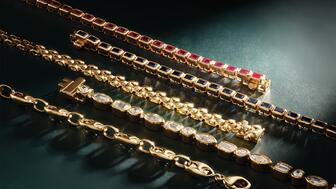
The manufacturer’s holiday campaign features a gift guide filled with trending designs and jewelry that can be personalized.

How Jewelers of America’s 20 Under 40 are leading to ensure a brighter future for the jewelry industry.

The man was charged with theft, accused of ingesting the necklace while in a jewelry store in Auckland, New Zealand.


The Florida independent expanded its store from 8,000 to 14,000 square feet, fulfilling the vision of its late co-founder, Jim Dunn.
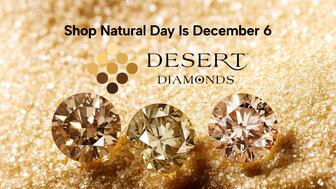
Sponsored by De Beers Group

Roseco’s 704-page catalog showcases new lab-grown diamonds, findings, tools & more—available in print or interactive digital editions.

The classic 5600 series G-Shock has been scaled down to about a tenth of its size, becoming a fully functioning watch ring.

The association’s annual conference and gala will take place Feb. 4, 2026, during the Tucson gem shows.

The January show will include a workshop for jewelry retailers on implementing AI to strengthen their businesses.
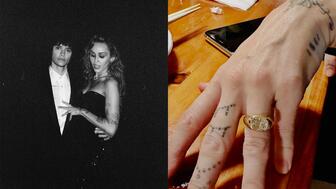
Fellow musician Maxx Morando proposed to the star with a chunky, cushion-cut diamond ring designed by Jacquie Aiche.

The retailer, which sells billions in fine jewelry and watches, is suing the Trump administration and U.S. Customs and Border Patrol.

Black Friday is still the most popular shopping day over the five-day holiday weekend, as per the National Retail Federation’s survey.
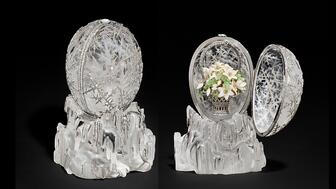
The historic egg, crafted for Russia's ruling family prior to the revolution, was the star of Christie’s recent auction of works by Fabergé.

The retailer offered more fashion jewelry priced under $1,000, including lab-grown diamond and men’s jewelry.

The eau de parfum is held in a fluted glass bottle that mirrors the decor of the brand’s atelier, and its cap is a nod to its “Sloan” ring.

Vivek Gadodia and Juan Kemp, who’ve been serving as interim co-CEOs since February, will continue to lead the diamond mining company.

In addition, a slate of new officers and trustees were appointed to the board.
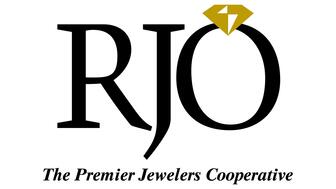
Witt’s Jewelry in Wayne, Nebraska, is the organization’s new milestone member.

Laurs is the editor-in-chief of Gem-A’s The Journal of Gemmology and an expert on the formation of colored gemstone deposits.
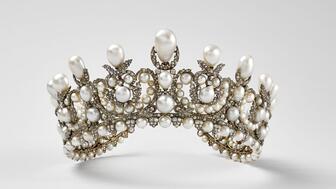
The man, who has a criminal history, is suspected of being the fourth member of the four-man crew that carried out the heist.
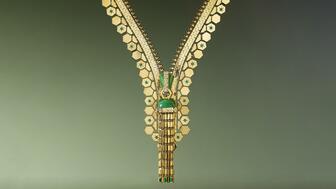
The single-owner collection includes one of the largest offerings of Verdura jewels ever to appear at auction, said Christie’s.
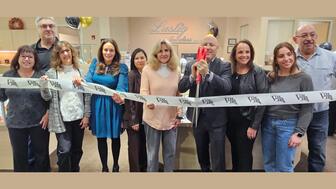
Michael Helfer has taken the reins, bringing together two historic Chicago jewelry names.
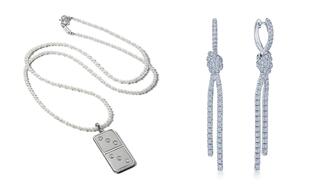
The guide features all-new platinum designs for the holiday season by brands like Harwell Godfrey, Ritani, and Suna.

During its Q3 call, CEO Efraim Grinberg discussed the deal to lower tariffs on Swiss-made watches, watch market trends, and more.
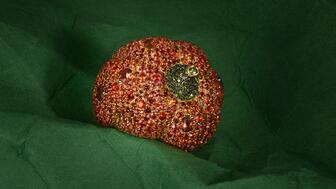
Rosior’s high jewelry cocktail ring with orange sapphires and green diamonds is the perfect Thanksgiving accessory.













